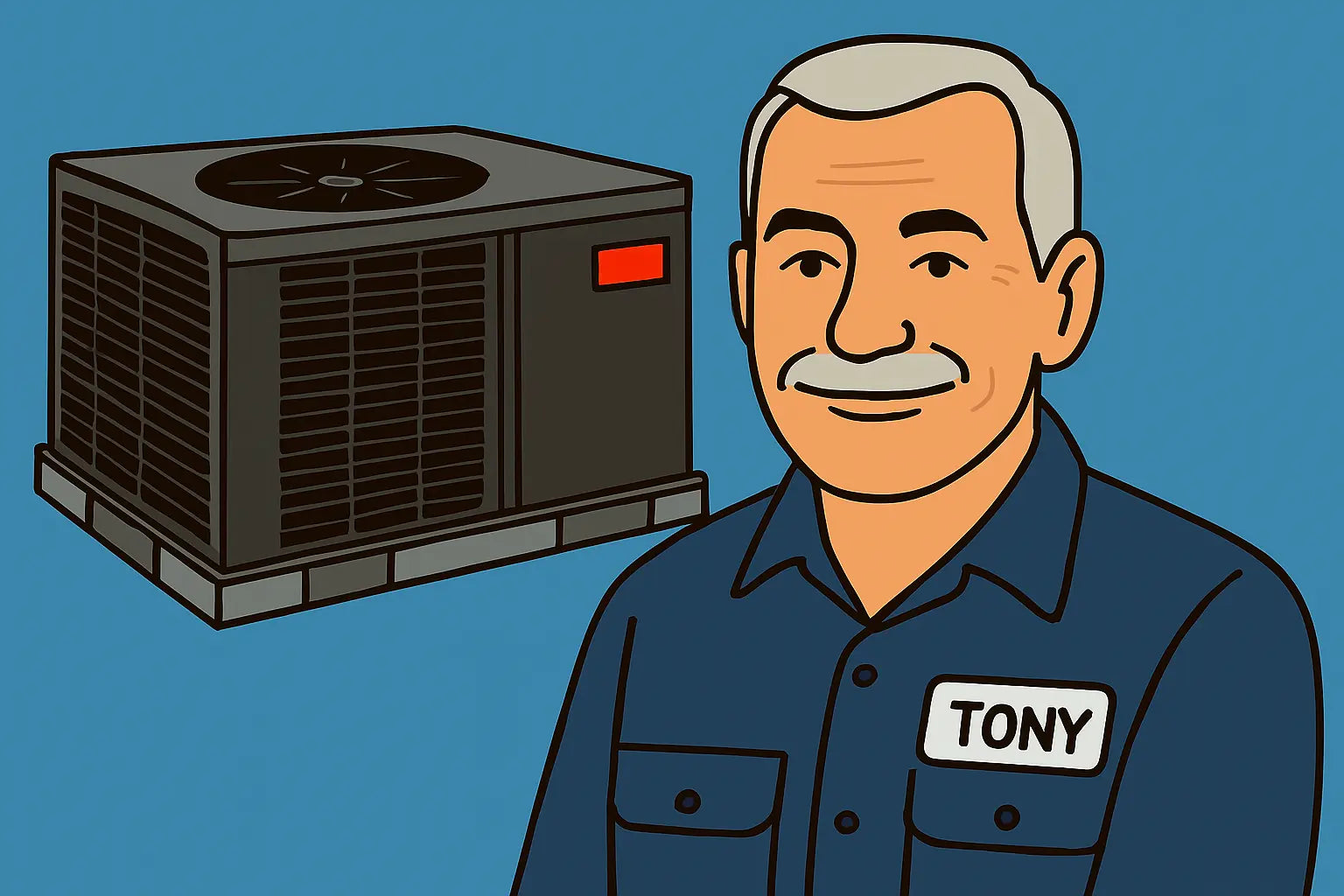🏗️ Introduction: Tony’s Airflow Insights
Hey HVAC champs, Tony Marino here. You can have the most powerful AC in the world—like the Goodman GPCH33631—but if your airflow is off, your home won’t feel cool, your unit will work overtime, and your energy bills will spike.
Horizontal units like the GPCH33631 require extra attention because of their layout. Proper ductwork and vent placement make a huge difference in comfort and efficiency. Stick with me, and I’ll walk you through practical strategies that pros use to maximize airflow for this specific unit.
🧩 Understanding Airflow in Horizontal Units
The GPCH33631 moves air horizontally through ducts, which means:
-
Proper duct sizing ensures enough air reaches every room.
-
Straight, short runs reduce resistance and improve efficiency.
-
Balanced supply and return vents prevent hot/cold spots.
Before tweaking anything, it’s worth reviewing the unit’s specs in the HVACDirect GPCH3 Spec Sheet. Knowing your unit’s airflow capacity helps you design ducts that match its output.
🛠️ Step 1: Assess Your Existing Ductwork
-
Inspect for leaks, kinks, or collapsed ducts.
-
Check insulation—uninsulated ducts in attics or crawl spaces can lose a lot of cooling.
-
Measure duct size to ensure it aligns with the GPCH33631’s output.
Tip: Even small leaks or poorly insulated sections can reduce efficiency by up to 20%. For practical duct inspection tips, see This Old House: Air Conditioning Maintenance.
🛠️ Step 2: Optimize Supply & Return Vent Placement
-
Supply vents: Place in central areas or rooms that get the most sun.
-
Return vents: Ensure air can circulate back to the unit freely. Avoid blocking returns with furniture or curtains.
-
Balancing: Adjust dampers in the ducts to balance airflow between rooms.
Tony’s tip: Horizontal units push air efficiently, but poor vent placement can make the system feel weak even at full power.
🛠️ Step 3: Reduce Duct Resistance
-
Keep duct runs as straight as possible; avoid unnecessary bends.
-
Minimize sharp elbows—they reduce airflow.
-
Use smooth, rigid ducts where possible instead of flexible ones, which add friction.
For more in-depth tips on duct design, the Energy Star Duct Guide provides visuals and expert suggestions for horizontal units.
🛠️ Step 4: Regular Duct Cleaning & Maintenance
-
Dust and debris in ducts reduce airflow and strain the system.
-
Check and clean air filters regularly—this is the simplest step for better airflow.
-
Periodically inspect for signs of mold or moisture damage.
A clean duct system keeps your GPCH33631 running efficiently while improving indoor air quality. For safe cleaning practices, see the EPA Indoor Air Quality Guide.
🧪 Common Airflow Problems & Solutions
Weak Airflow
-
Check blower speed and fan motor operation.
-
Inspect duct obstructions or closed dampers.
Uneven Cooling
-
Adjust vent placement and dampers.
-
Ensure no duct leaks.
High Energy Usage
-
Seal leaks with mastic or foil tape.
-
Insulate ducts in attics or crawl spaces.
🧠 Tony’s Final Thoughts
Airflow is the unsung hero of a well-functioning AC system. With the Goodman GPCH33631, proper ductwork, vent placement, and maintenance are critical to comfort, efficiency, and longevity. Take the time to inspect, optimize, and clean your ducts—it’s the difference between a so-so system and one that performs like a pro-installed unit.
If you’re ready to experience top-tier horizontal cooling, check out the Goodman GPCH33631 Horizontal Air Conditioner and start your setup today. Keep it balanced, stay cool, and let your system work smarter—not harder. 💨
Need electrical safety tips for this system? Visit: Keeping It Safe
- Tony the Trusted Tech







